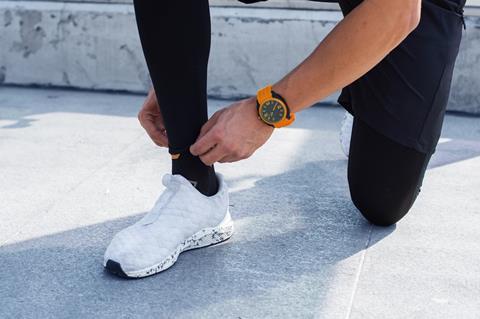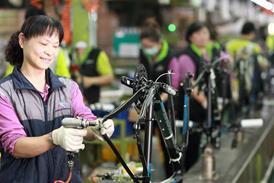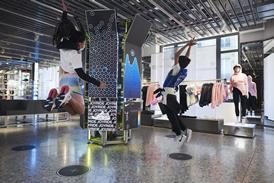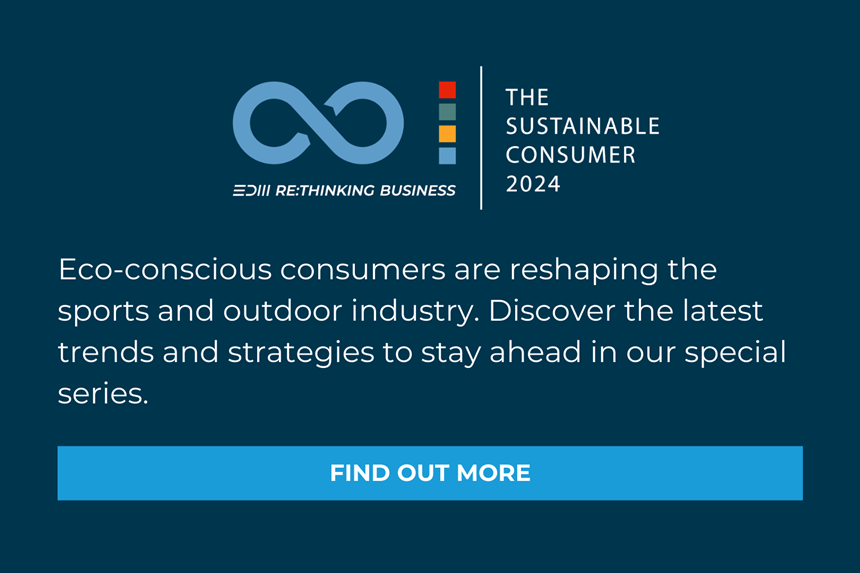It is becoming increasingly clear how important changing consumer behavior is to achieve reductions in the environmental impact of textile and apparel products. Many brands are now turning to the Swedish firm Polygiene® for technologies that help provide a solution.
As the need for urgent action to tackle climate change becomes more intense by the day, awareness about how changing consumer behavior – mainly using products for a longer period of time – can significantly contribute to the overall impact of clothes and other gear beginning to increase.
This topic was the focus of a white paper study published last May by the Royal Swedish Academy of Engineering Sciences (IVA). Titled “Textile sustainability from a consumer perspective,” it provides a review of research focusing on how the textile and clothing industry can use resources in a smarter way from a consumer perspective.
For instance, the paper outlines a study completed last year1 in Sweden, which found that using garments twice as many times in their original purchase form (not refurbishing) cuts the climate impact by almost 50%. This reduction is mainly due to fewer new garments needing to be produced.

The IVA paper also points out that according to the Swedish Environmental Protection Agency, Swedes consume almost 14 kg of textiles per person per year, of which 10 kg consists of clothes (the paper notes that this is likely to be somewhat higher as it does not include personal imports, such as from online shopping).
However, Swedes throw away an average of 7.5 kg of textiles per person per year into unsorted household waste, which goes to incineration.2 Random sample analysis carried out at the request of the Swedish Environmental Protection Agency shows that more than half of this – around 60 percent – is in satisfactory condition and could be used further in its existing form.3
Climate gains
The paper also finds that reusing a garment in its existing condition (not refurbishing) “provides greater climate gains compared to fabric recycling because the recycling process requires the resources to go through the energy-intensive production chain again.” It notes that according to the EU waste hierarchy, items should always be reused before they go to material recycling and energy recovery.
“To achieve a more resource-efficient textile sector, existing garments must have a longer life in their original form”
The paper concludes that “extending the active life of our clothes should be the goal with the highest priority.” And in its final recommendations, it states: “Today none of the garments in our wardrobe are used enough before we dispose of them. To achieve a more resource-efficient textile sector, existing garments must have a longer life in their original form. No other single action – such as more sustainably produced textile fibers or better recycling methods – has the potential to reduce the impact of Swedish clothing consumption as much as doubling the life of the clothes we already own.”

Staying fresh for longer
As brands face growing pressure to extend the life of their products, technologies from the Swedish firm Polygiene are helping make this happen. Because by controlling odor in textiles, we can significantly reduce the number of times a product needs to be washed – quite simply: wear more and wash less.
Over 300 global premium brands have now chosen to use Polygiene technology, helping establish it as the leading stay fresh ingredient brand. And, even more importantly, it is helping to fundamentally change the way we view our garments and other gear – from fast consumables to durables.
For instance, Dutch brand Kings of Indigo uses Polygiene BioStatic™ Stays Fresh in a number of its products. This is an antimicrobial technology that stops odor at the source by permanently inhibiting the growth of bacteria created from sweat. As less washing is needed, the deep indigo color in its Daria chino, for example, stays on for longer.

Many brands are also using Polygiene OdorCrunch™ Stays Fresh technology, which captures and permanently eliminates odor molecules from the environment. Danish label Mos Mosh applies this to its Marco Crunch jersey shirt, for instance.
Antimicrobial treatment
Polygiene’s newest technology, Polygiene ViralOff™, is an antimicrobial treatment sparked by COVID-19 that reduces over 99% of microbes in a treated material or product*. It can be used in gloves and facemasks and bedsheets, and even furniture in public spaces and mass transportation. It enhances a product’s hygiene and protection qualities and also helps extend its life.
Demand for durability
In addition to the search for more antimicrobial products, surveys show that consumers’ desire for longer-lasting products is steadily increasing. This is due to COVID-19 and has led us to rethink our impact on the environment.
“No other single action – such as more sustainably produced textile fibers or better recycling methods – has the potential to reduce the impact of Swedish clothing consumption as much as doubling the life of the clothes we already own”
For instance, in a poll conducted by McKinsey & Co. in April 2020, two-thirds of surveyed consumers said it has become even more important to limit impacts on climate change, while 88% of respondents believed more attention should be paid to reducing pollution.
The poll of more than 2,000 U.K. and German consumers also found that, as a result of the pandemic, 65% of respondents were planning to purchase more durable fashion items, with 71% planning to keep the items they already have for longer. Additionally, 57% of respondents said they were willing to repair items to prolong usage.

As the textile and clothing industry looks to a post-Covid world, it aims to adapt to these new realities. Polygiene aims to support each brand and manufacturer. It works with every step of the way as they seek to extend the life of their products, minimize textile waste, and progress towards greater sustainability.
Besides using a three-part approach combining technical, marketing, and commercial support, recent initiatives also include joining the ZDHC Foundation’s (Zero Discharge of Hazardous Chemicals) Roadmap to Zero program alongside Polygiene’s partners.
With growing evidence underlining the importance of the choices made by consumers and the impact of their behaviors, Polygiene’s technologies, and its collaborations with its partners, help provide solutions to many of these changing needs.
Footnotes
*Polygiene ViralOff® does not prevent diseases but protects the treated material.
1 Sandin, G., Roos, S., Spak, B., Zamani, B. and Peters, G., 2019, Environmental assessment of Swedish clothing consumption: Six garments – sustainable futures (http://mistrafuturefashion.com/ wp-content/uploads/2019/08/G.Sandin-Environmental-assessment-of-Swedish-clothing-consumption. MistraFutureFashionReport-2019.05.pdf; accessed 10 March 2020).
2 Swedish Environmental Protection Agency, 2019, Fakta om Textilavfall (http://www.naturvardsverket.se/Sa-mar-miljon/ Mark/Avfall/Textilavfall/; accessed 12 March 2020).
3 Swedish Environmental Protection Agency, SMED Report No. 176, 2016, Plockanalyser av textilier i hushållens restavfall (http://www.naturvardsverket.se/upload/miljoarbete-i-samhallet/miljoarbete-i-sverige/regeringsuppdrag/2016/ redovisade/plockanalyser-av-textilier-i-hushallens-restavfall-smed-rapport-2016-06-17.pdf; accessed 12 March 2020)































